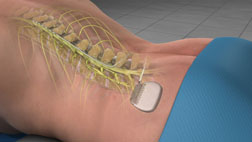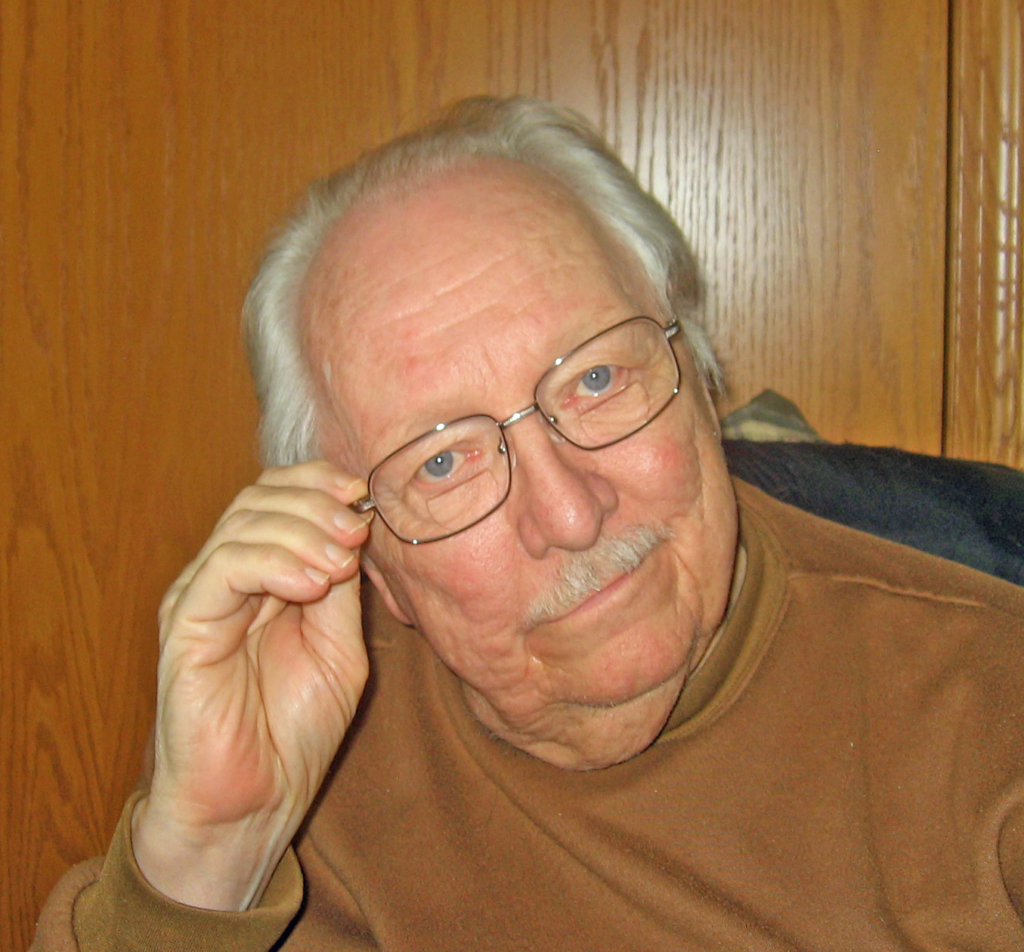Sharing is caring!
 I must apologize for not posting the last few days. Last Friday, the 18th, I had the spinal cord stimulator turned on. It has really changed my life. I have a spinal cord injury that occurred while in the Army. As I love you may know, I have had multiple operations to solve the pain problem. Several of them were at the Mayo Clinic in Rochester, Minnesota. One occurred at the VA hospital in Omaha, Nebraska. I have a total of 46 hours on the operating table. Many more hours in rehabilitation therapy. The operations were beginning to cause more problems than they solved. I came across spinal cord stimulators, SCS, looking for other solutions to the pain problem. They work in approximately 50% of spinal cord injuries. I have a trial back in the early fall. I was scheduled for the implantation of the device, but a pre-op physical showed a heart problem I didn’t know existed. I finally got that cleared up and was approved for the implantation.
I must apologize for not posting the last few days. Last Friday, the 18th, I had the spinal cord stimulator turned on. It has really changed my life. I have a spinal cord injury that occurred while in the Army. As I love you may know, I have had multiple operations to solve the pain problem. Several of them were at the Mayo Clinic in Rochester, Minnesota. One occurred at the VA hospital in Omaha, Nebraska. I have a total of 46 hours on the operating table. Many more hours in rehabilitation therapy. The operations were beginning to cause more problems than they solved. I came across spinal cord stimulators, SCS, looking for other solutions to the pain problem. They work in approximately 50% of spinal cord injuries. I have a trial back in the early fall. I was scheduled for the implantation of the device, but a pre-op physical showed a heart problem I didn’t know existed. I finally got that cleared up and was approved for the implantation.
The SCS works by scrambling the nerve impulses along the spinal cord that cause pain, so none of them reach your brain. Here is how Boston Scientific explains the SCS, “SCS may sound complicated, but it’s actually pretty simple. SCS systems have a small implanted pulse generator, called a stimulator, and thin wires called leads. These are implanted into your body. The stimulator delivers tiny pulses of mild electric current through the leads to specific nerves on the spinal cord. These impulses mask pain signals traveling to the brain.
A remote control allows you to turn stimulation on and off, increase and decrease the level of stimulation, and target different pain areas in your body using settings or programs designed specifically for you. This stimulation does not get rid of what’s causing the pain. It changes the way the brain perceives it. SCS therapy may use a gentle tingling or fluttering sensation to replace the pain. Other forms of SCS therapy don’t cause any sensation at all. The amount of pain relief you feel is different for everyone, but the therapy is considered successful if it reduces your pain by at least 50%.”
As they say, I can feel the device when it’s working to block pain. The worst of the pain always occurred when I changed position safe from sitting or standing to lie down. However, any movement increased my pain level. I had used opiates in various forms for well over 10 years. Most people do not understand that opiates never totally do away with pain. They only reduce it. The last month or so before the implantation, my pain increased between the times I could take more of the drug. That is to say if it was six hours between doses, then the last two hours before I could take another dose, the pain level rose. Because of all the deaths caused by opiates, raising the level needed to control the pain or even get a prescription was becoming harder. The VA doctors have always been good, but I know they must explain why they continue to prescribe pain medication. It’s generally for short-term use, such as after surgery or after an injury. The longer you continue to use opiates, the more your body tolerates, and it is less effective. That means you’re always looking at either increased dosages or shorter times between doses.
I suspect this blog is getting too long. I want to give you one more example of what it was like before the spinal cord stimulator. When I would get up and have a cup of coffee while listening to the news on the radio or on the TV, I might want to get another sip of coffee. Before the SCS, the simple act of reaching for the cup of coffee was painful. In fact, every movement, no matter how slight, would cause an increase in pain. Okay! I know when to quit.

